By: Caning Jaramillo
If you have the opportunity to travel around Europe, chances are you have heard of world-famous tourist attractions in Spain, such as La Sagrada Familia and Park Güell in Barcelona. These incredible masterpieces, including a church and a colourful park, were designed by the talented Spanish architect, Antoni Gaudí. However, what may come as a surprise to many is that Gaudí’s remarkable work can be found not only in the bustling city of Barcelona, but also in a charming coastal town called Comillas, located in the northern part of Spain in the Cantabria region.
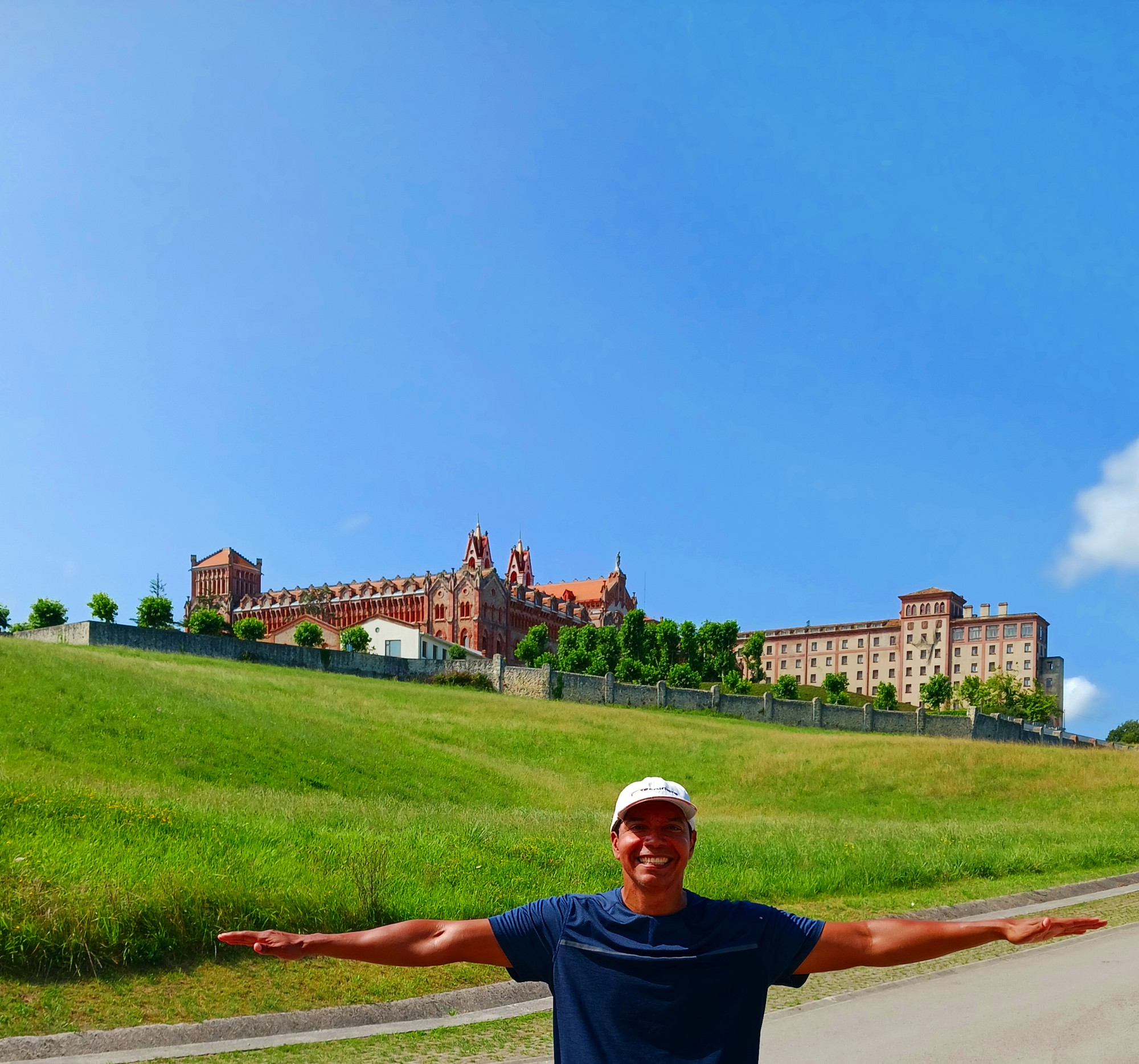
This past late summer, I had the incredible chance to visit Comillas, thanks to an invitation from my Spanish friends to spend a few days in this fascinating municipality. The story of Comillas is one that truly captivates the imagination. From its origins as a fishing village during the Middle Ages, it evolved into one of the most preferred destinations for the Spanish aristocrats in the 19th and early 20th centuries. Many of these rich individuals built lavish summer residences here, heavily influenced by oriental and modernist architectural styles, thanks to their financial resources and connections to famous artists and architects from Barcelona.
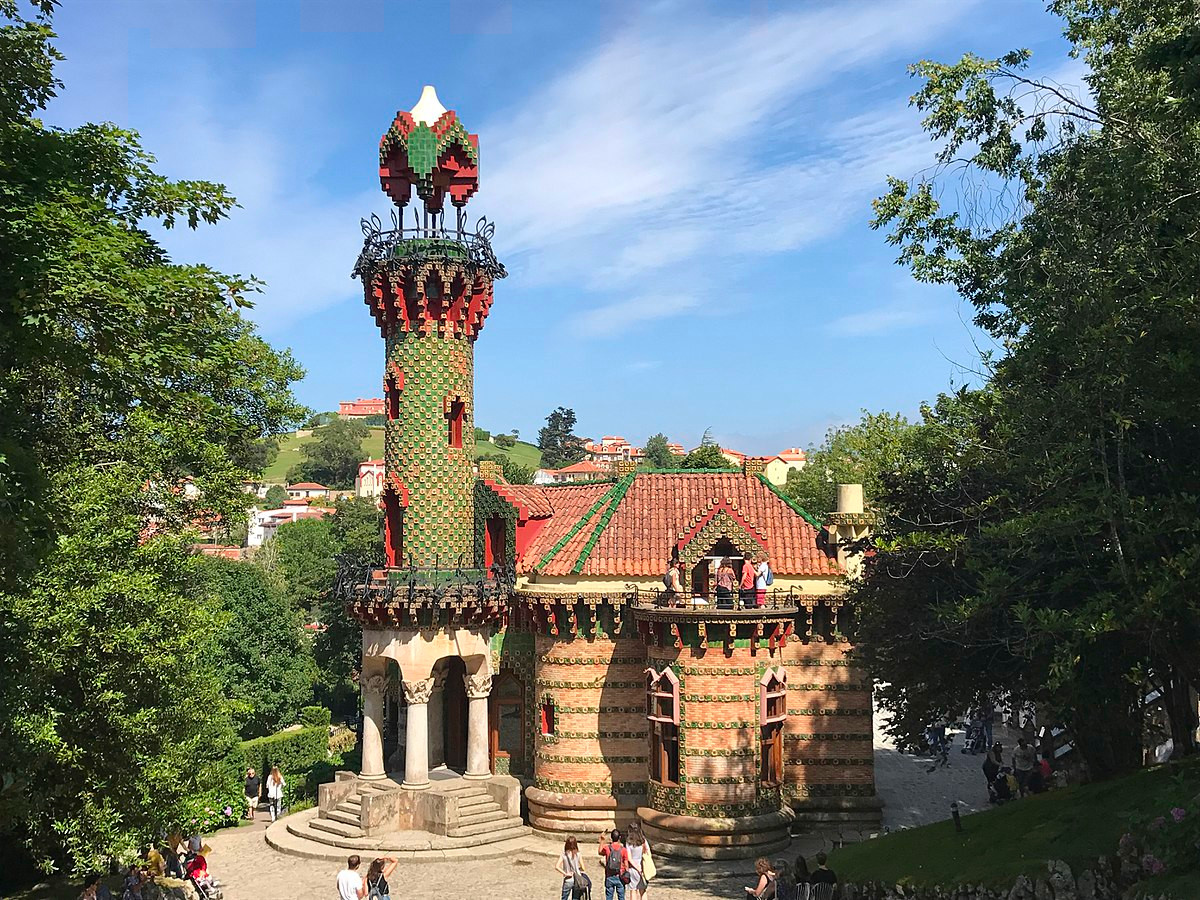
Among these notable architects was Antoni Gaudí, who designed the most famous building in this town known as “El Capricho,” which translates to “Gaudí’s Whim.” It was originally commissioned for Máximo Díaz de Quijano, a wealthy businessman who had amassed his fortune through successful trading with the Americas.
Sadly, Quijano’s life took a tragic turn, as he unexpectedly passed away shortly after moving into this new residence. Following his death, El Capricho became the residence of many powerful people in Spain. Remarkably, it survived the tumultuous period of the Spanish Civil War and was declared a national monument in 1969. In 2009, it was transformed into a museum.
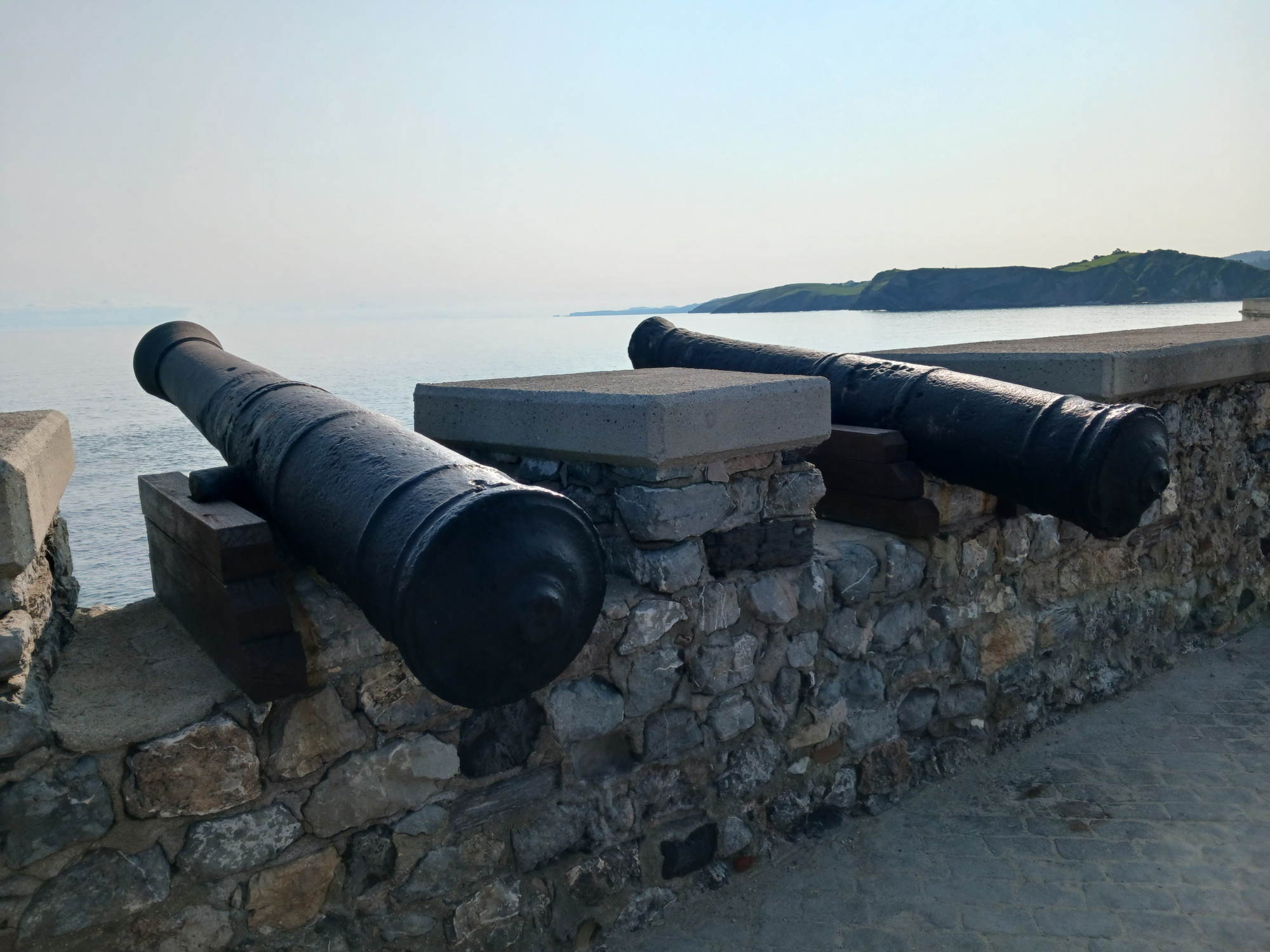
Another interesting fact about Comillas is that it briefly became the capital of Spain for a day on 6 August 1881, when King Alfonso XII and his cabinet held a ministerial meeting in this picturesque town.
The story of Comillas doesn’t end here. On December 16, 1890, following the plans of Antonio López y López and his son Claudio López Bru, the first and second Marquises of Comillas, respectively, His Holiness Pope Leo XIII erected a seminary for the formation of candidates for the priesthood from Spanish and Latin American dioceses and the Philippines. This creation led to the establishment of the Pontifical University of Comillas, further cementing the town’s importance in the religious and educational realms.
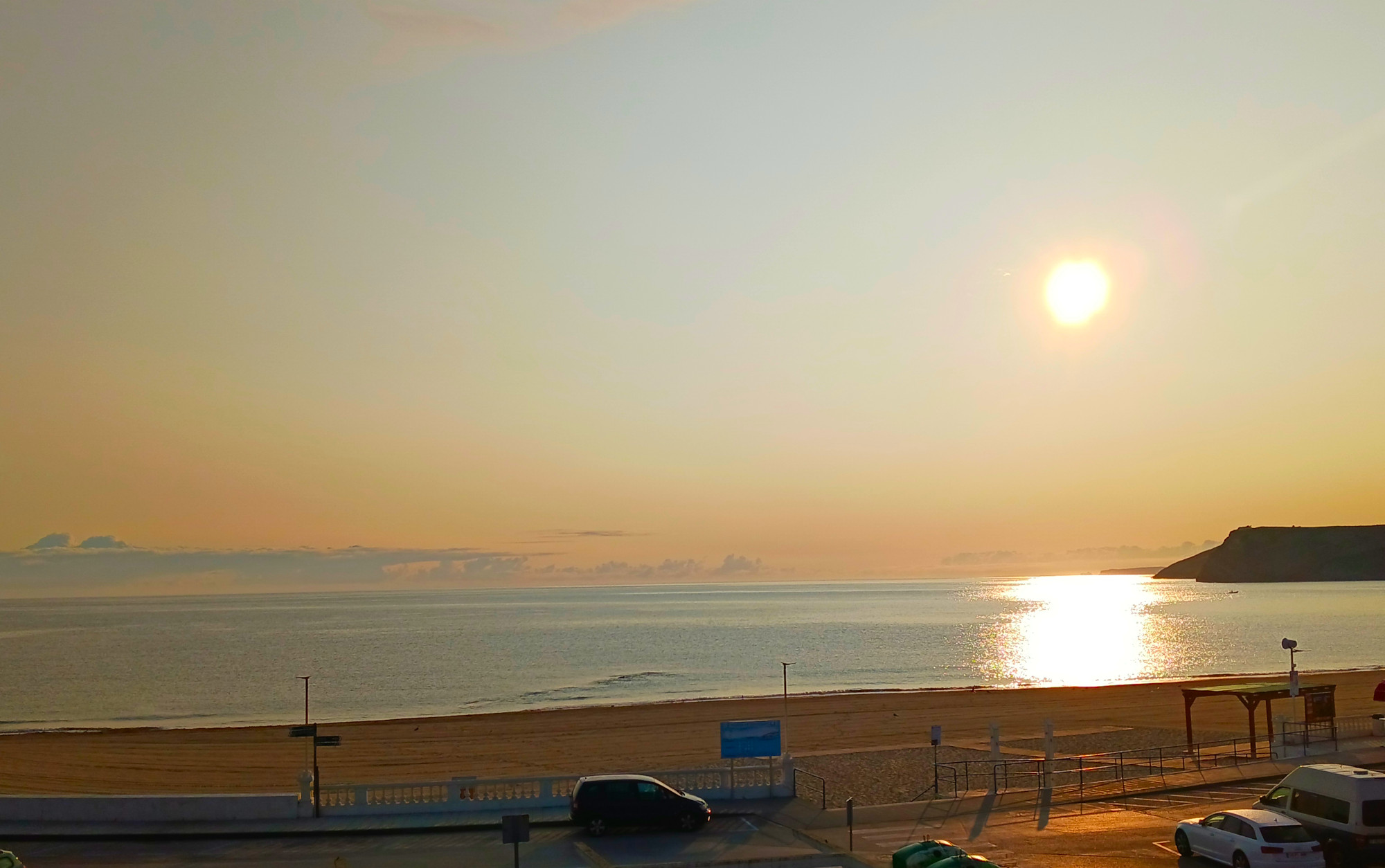
Beyond its historical significance, Comillas continues to attract visitors from all over the world, eager to admire its stunning architecture and natural surroundings. The town is a testament to the fusion of history, culture, and art, offering a glimpse into a bygone era while showcasing the enduring legacy of renowned figures like Antoni Gaudí.
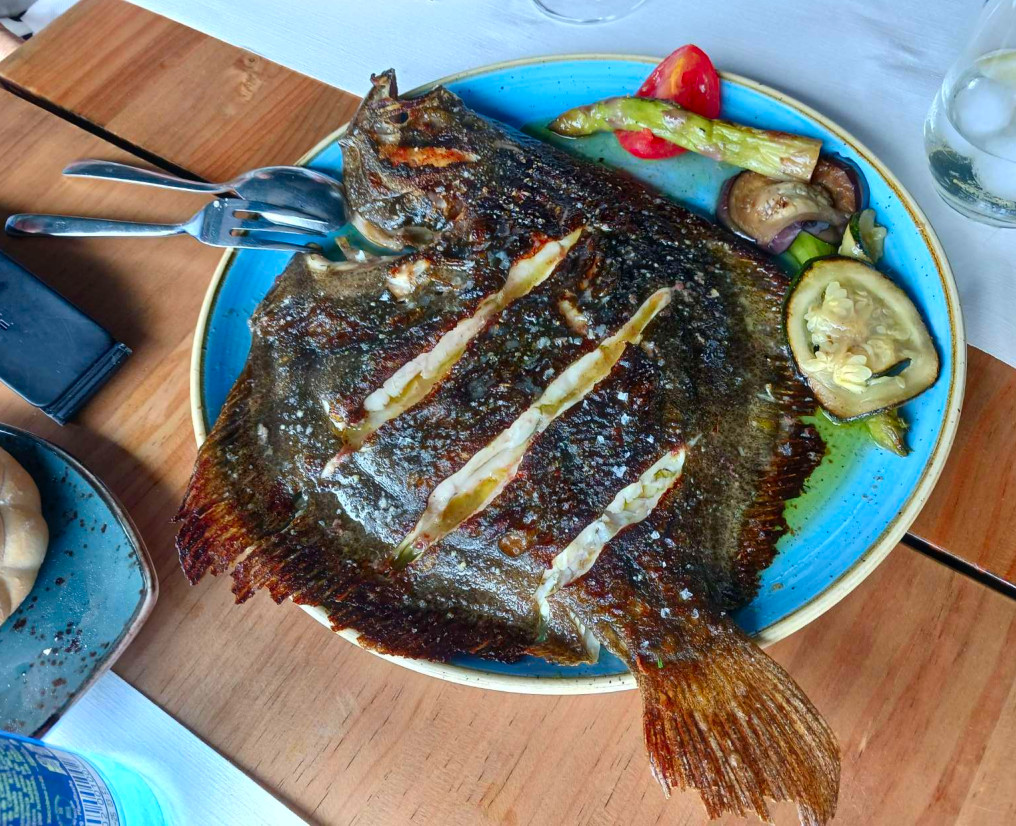
At Comillas, you can stroll through its charming streets, enjoy the local ocean cuisine, explore its historical buildings, and immerse yourself in the unique atmosphere of a coastal town that has preserved its historical charm while welcoming modern visitors. The mixture of architectural wonders and natural beauty makes Comillas a truly exceptional destination.
So, whether you’re an admirer of Gaudí’s work, a history enthusiast, or someone seeking the tranquility and allure of a northern Spanish coast, Comillas is a place like no other, calling you to uncover its hidden treasures and make lasting memories.
…
The author is the Spanish Industrial Coordinator and Spanish language instructor at the Department of Asian and European Languages, Faculty of Languages and Linguistics, University Malaya. He can be reached at caningjaramillo@um.edu.my







Leave a comment